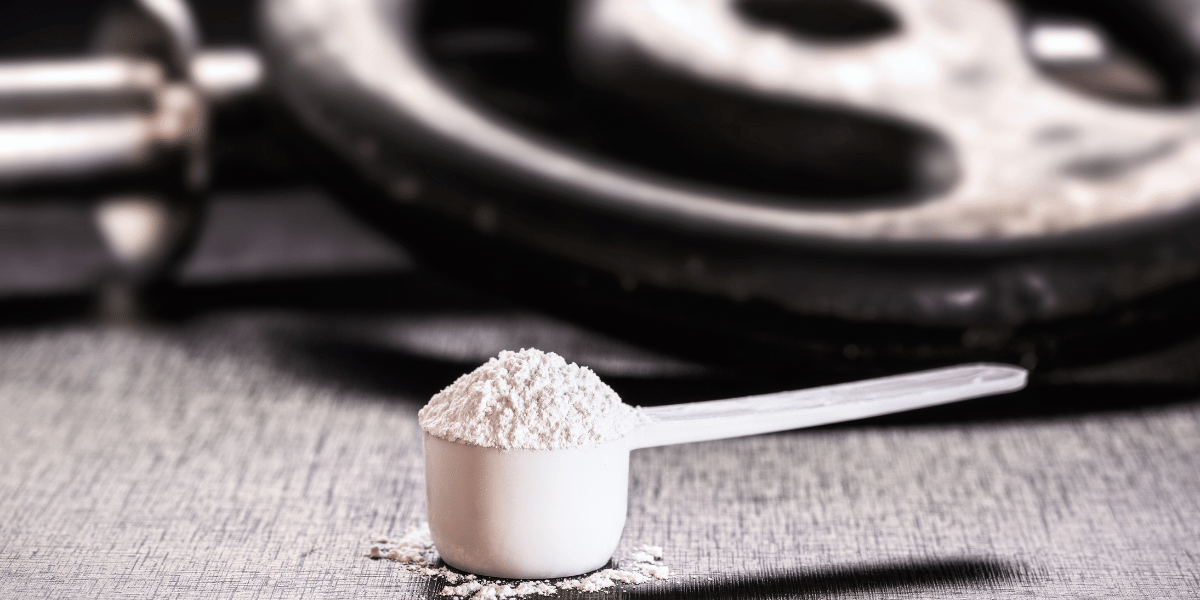Your Guide to Creatine
If you've ever stepped into a gym, the chances are that you've heard about this staple ingredient as a well-established performance booster. However,...
.png?width=70&height=70&name=Stark_LogoMark%20(1).png)
A morning cup of coffee is a great way to jumpstart your day, but did you know caffeine can also have powerful effects on the skin? In particular, topical applications containing caffeine — such as eye creams and lotions — are becoming increasingly popular for their potential ability to reduce puffiness or dark circles around the eyes. Learn more about these products, why they may be beneficial in skincare routines, and if there's actual evidence showing that they work.
Caffeine eye cream is a unique skincare solution that is supposed to help you look bright and refreshed. Packed with caffeine, a natural stimulant, this product can reduce puffiness and under-eye circles to give your complexion an energized glow. Most caffeinated eye creams also contain additional beneficial ingredients such as antioxidants and peptides for added nourishing protection of the sensitive skin around your eyes.
3. Moisturizes the Skin: The skin around the eyes is thin and delicate, which means it can easily become dry and dehydrated. Caffeine eye cream can help to moisturize and hydrate the skin, leaving it feeling soft and smooth.
4. Anti-Aging Benefits: Caffeine eye cream often contains antioxidants and peptides, which can help to protect the skin from free radicals and promote collagen production. This can help to reduce the appearance of fine lines and wrinkles, making the skin around the eyes look more youthful.
If you're curious if caffeine eye cream really works – rest assured that research has shown caffeine is an effective ingredient to help maintain healthy skin and combat signs of aging! From boosting hydration to reducing puffiness, incorporating this energizing ingredient into your daily routine could be just what you need for a refreshed, youthful complexion.
Multiple studies showed that using a caffeinated gel significantly reduced under-eye puffiness and dark circles and also found evidence suggesting its protective properties against UV damage. Another study showed that 3 months of consistently using caffeinated eye cream resulted in a noticeable reduction in fine lines and wrinkles compared with those using the placebo cream - meaning caffeine really can live up to its anti-aging skincare claims!Overall, caffeine eye cream is definitely worth a try as a potential eye care solution and beneficial addition to any skincare routine. Its ability to reduce puffiness, dark circles, and wrinkles make it an ideal treatment if you’re looking to get rid of tired eyes. Plus, the fact that it comes with multiple other skin benefits such as nourishing the skin and providing anti-aging properties makes this product a great all-around solution for your eyes. That said, there is no guarantee that it will work for everyone, and individuals with sensitive skin should still be careful to try new products.Sources:

If you've ever stepped into a gym, the chances are that you've heard about this staple ingredient as a well-established performance booster. However,...

Get ready to make the most of your summer dining experiences! As the temperature rises and the days get longer, people worldwide look forward to...
[vckit_button style="ujarak" title="WATCH HERE" align="center" custom_onclick="lightbox" custom_class="vckit_custom_class_9613265a38cfd9" tutorial=""...